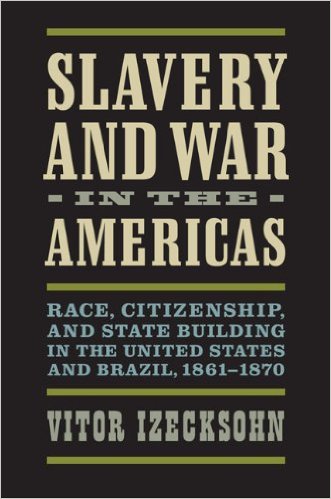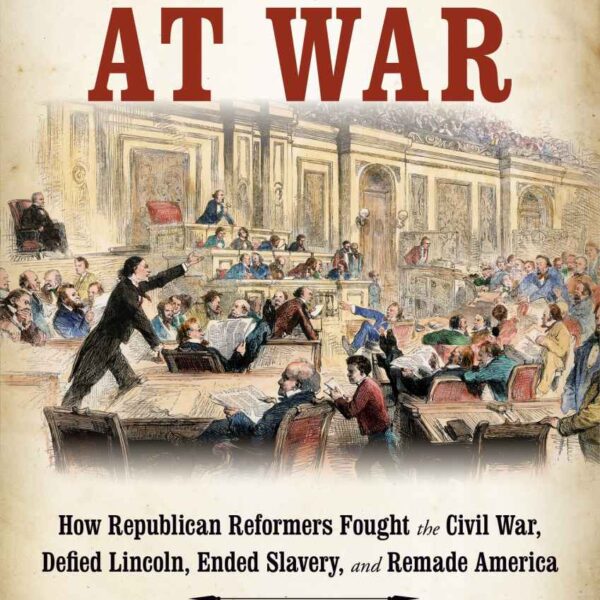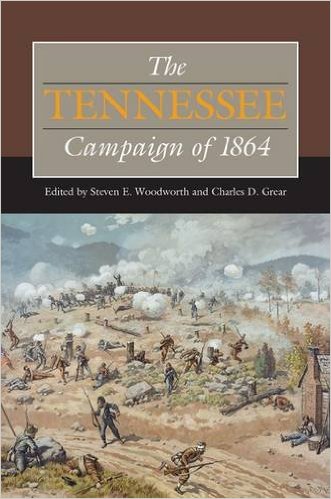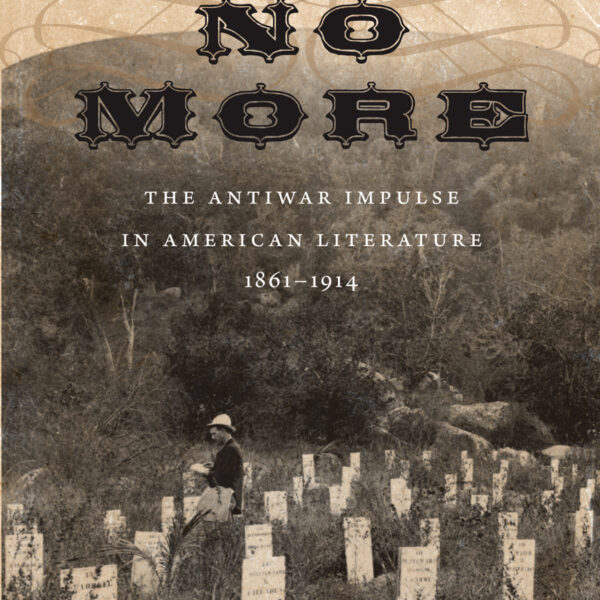Race, Slavery, and the Civil War: The Tough Stuff of American History and Memory edited by James Oliver Horton and Amanda Kleintop. Virginia Sesquicentennial of the Civil War Commission, 2011. Cloth, ISBN: 9780983401209. $23.95.
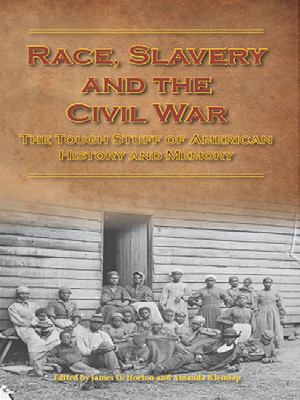 Race, Slavery and the Civil War: The Tough Stuff of American History and Memory stands not only as a cohesive account of one day’s conference, but also as a call to shake off dusty memories about the Civil War and reignite curiosity into the complexity of that period. Race, Slavery and the Civil War is a compilation of talks and panel discussions that stick closely to the title of the conference, which was held at Norfolk State University in Norfolk, Virginia, in September 2010 as the second in a series of annual Signature Conferences sponsored by the Virginia Sesquicentennial of the American Civil War Commission. Eleven public historians gave lectures and grappled with fellow scholars on what James Horton, who introduced the conference that day, claimed was the “the most significant legacy of the Civil War”—the end of slavery (1). This legacy, which still does not hold a rested seat within American public memory of the Civil War, is the “tough stuff” that these historians gathered to discuss and shed light on throughout the conference.
Race, Slavery and the Civil War: The Tough Stuff of American History and Memory stands not only as a cohesive account of one day’s conference, but also as a call to shake off dusty memories about the Civil War and reignite curiosity into the complexity of that period. Race, Slavery and the Civil War is a compilation of talks and panel discussions that stick closely to the title of the conference, which was held at Norfolk State University in Norfolk, Virginia, in September 2010 as the second in a series of annual Signature Conferences sponsored by the Virginia Sesquicentennial of the American Civil War Commission. Eleven public historians gave lectures and grappled with fellow scholars on what James Horton, who introduced the conference that day, claimed was the “the most significant legacy of the Civil War”—the end of slavery (1). This legacy, which still does not hold a rested seat within American public memory of the Civil War, is the “tough stuff” that these historians gathered to discuss and shed light on throughout the conference.
While these historians did indeed talk about this “tough stuff,” their documented discussions never appeared heated or overblown; there were never moments of outrage nor any radical interpretations of the history of that period. Perhaps this is because slavery and race, as issues that rightfully mar any glorious memories or interpretations of the Civil War, are issues that are commonly discussed within academic circles. Though the scholars present that day made it clear that there are still public misconceptions and unchallenged memories about the Civil War, it is unclear how these 11 historians, as academics, hope to change this. Though those who were present at the conference seem earnest in their aim to awaken and invigorate the public to a deeper understanding about the causes and results of the Civil War, the question of how they do this lingers throughout this book. When Horton, again in his introduction, states “Slavery was a major cause of the civil war” he does not say anything new or radical, he merely reiterates what historians have said and what these 11 historians continue to say at this conference (4). The point of this book, and perhaps all historical inquiry, is to seek out some truth about the past. The fact that slavery was a cause of the Civil War and that race, in both the North and the South, was an ugly issue, is no doubt to these historians. But how, then, do they bring the American public to this understanding, this truth? And did they do it at a day-long conference?
To describe this conference as a merely academic gathering, however, is to give an incomplete picture. The conference was held at Norfolk State University, appropriately chosen as it is a historically black and public university. Notable, too, were Virginia governor Bob McDonnell’s opening remarks. Some different remarks of his had been, at that time, recently of great public attention; he had declared April as “Confederate History Month” in the Commonwealth. This blunder (which he, of course, apologized for in his opening remarks) and the national attention and debate it sparked, is proof that public memory exists within some realm of superficial understanding. A public official, a representative and leader of the people of Virginia, made an official declaration that exposed his heavy reliance on a less true memory of American history. The fact that this blunder became so public, and that the blunderer appeared at this conference, to present to the public talks and discussions that attempt to thwart the very misconceptions he held (or still holds, perhaps), salts what might have otherwise been a collection of blandly academic discussions.
These historians’ lectures and discussions also season this conference. It is clear throughout the book that all the speakers were deeply invested in not merely exchanging dogmas about the Civil War (“states’ rights” traded in for “slavery”), but in changing our underlying prejudices about the causes of the Civil War. What is refreshing, but perhaps not surprising, is the seriousness of these historians in their call to the American public to explore primary sources, engage in “richer conversation” and “regain our curiosity about the war and its causes” (10, 103). Curiosity is a difficult virtue, mostly because it takes a great deal of energy to be curious all the time, but also because it is tiring to other people as well and so is not that often encouraged. Yet, curiosity is a virtue that hungers after the truth, and though it may never be satiated, it will never be satisfied with a falsehood.
This book decently conveys the richness of the conversation that took place in Norfolk that September day. The historians did not say anything radically new about African Americans or race or slavery, but they did point to personal narratives and stories from that period that emphasized a shared humanity and history among blacks and whites. Their stories pointed to the need for the American public to desegregate their memories as well as their public life. And though the fact that slavery was a definite cause of the war is no longer a question on the table in credible academic circles, their discussions reveal that it will still take some time for American to fully understand and acknowledge that slavery, with all its ugliness and blatant immorality, was what many men fought and died to support. Race, Slavery and the Civil War offers a collection of discussions and talks that at once implore us to come to our own understanding through full and serious conversations and also conveys to us what a full and rich conversation looks like and what open and honest deliberation can be.
Elsabe Dixon is a History Instructor at The Madeira School in McLean, Virginia.

